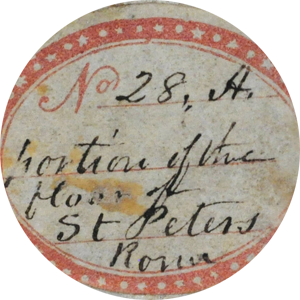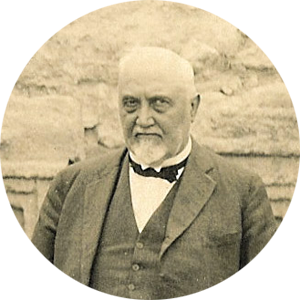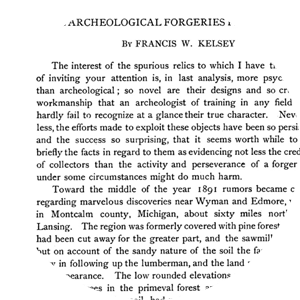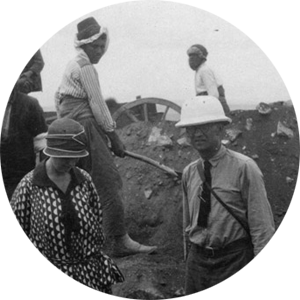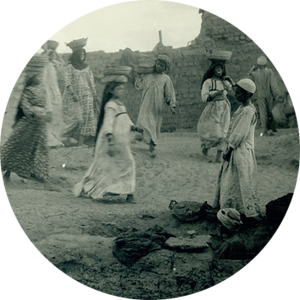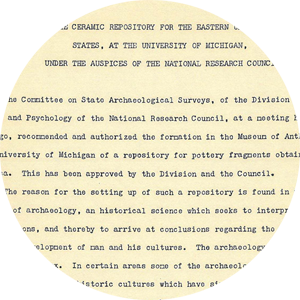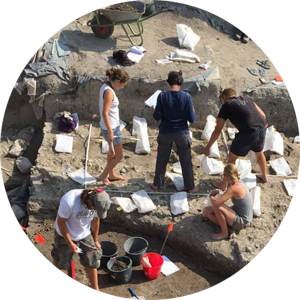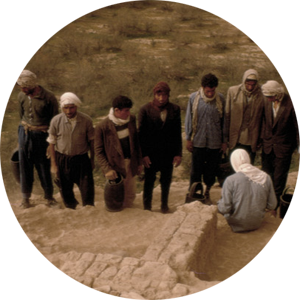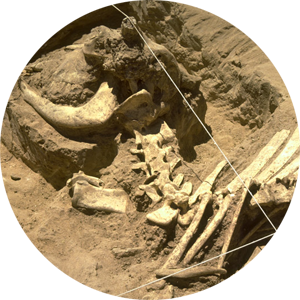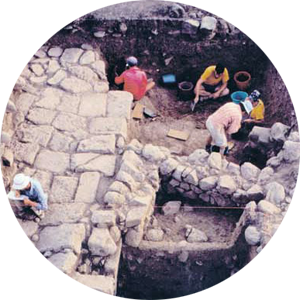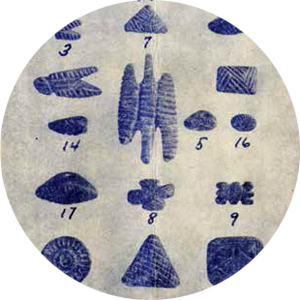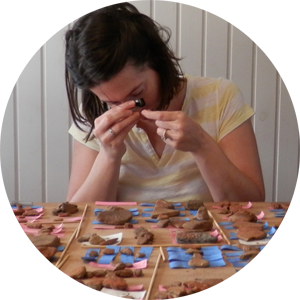Michigan at Tel Anafa, Israel: 1968–86
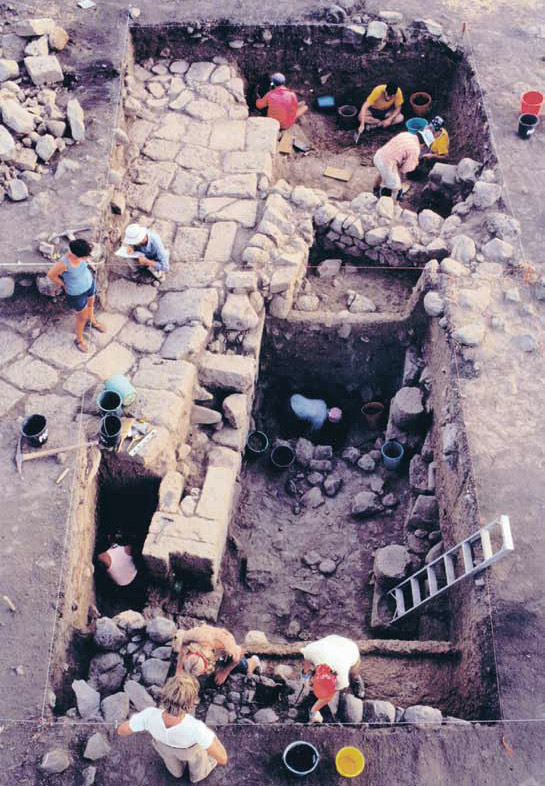
The writing of history often relies on limited documentary sources by a small number of individuals from dominant cultures. By going beyond texts and studying the material record, archaeology can often help us recover a wider diversity of voices from the past and understand the lives of people excluded from power. The site of Tel Anafa in Israel provides valuable evidence of cultural and ethnic diversity in the Hellenistic world. It preserves an elite country estate of the later Hellenistic period (150–75 BC) that offers a rare opportunity to study Greek culture in direct contact with Phoenician culture in this period. Research by U-M archaeologist Sharon Herbert and colleagues has shown that, while this elegant house reflected the latest Greek-influenced styles of the time, it also preserves material culture and evidence of practices reflecting the occupants’ Phoenician heritage. The archaeological record is particularly important here since the written sources are predominantly Greek, and it is only through the physical remains at the site that its Phoenician aspects are known. Pottery and architectural decoration found at the site show a diversity of forms and influences that suggest an unexpected degree of cultural and ethnic diversity in the Hellenistic world. Herbert’s research at Tel Anafa demonstrates the unique contributions that archaeology makes to understanding the past.
Gallery Photo





